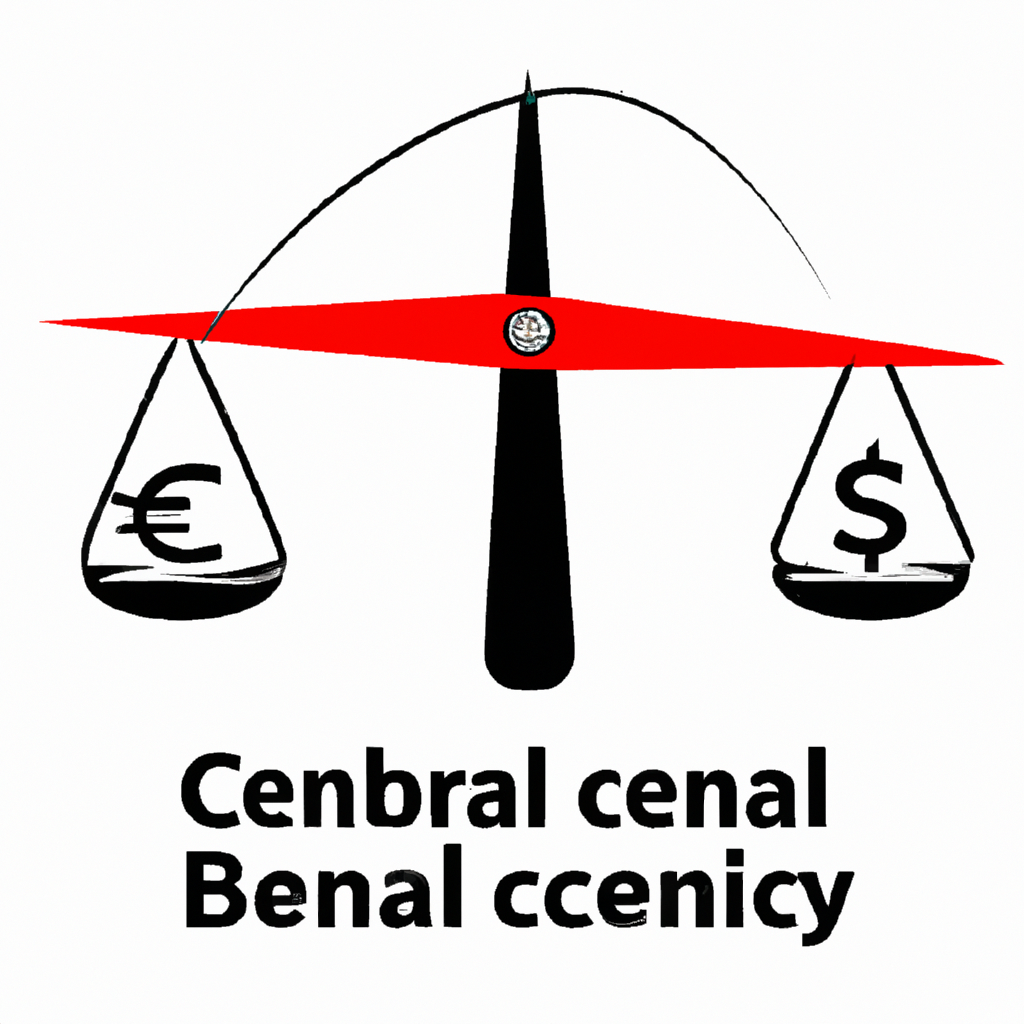Monetary policy, the process by which a central bank controls the supply of money in an economy, is a fundamental tool used to influence economic activity. Central banks, such as the Federal Reserve in the United States, employ various instruments like interest rate adjustments, open market operations, and reserve requirements to steer the economy towards desired outcomes such as stable prices, low unemployment, and sustainable growth. However, a pivotal question often arises in economic discourse: Does monetary policy primarily affect aggregate supply or aggregate demand? Understanding the nuanced impacts of monetary policy on these two critical components of the economy is essential for policymakers, economists, and investors alike. This article delves into the mechanisms of monetary policy, examines its influence on both aggregate supply and demand, and explores the broader implications for economic stability and growth. Join us as we unravel this complex yet intriguing aspect of macroeconomic management.
Sure! Here is a suggested content outline for an article on the topic "Does Monetary Policy Affect Aggregate Supply or Demand":
Monetary policy plays a crucial role in shaping the economic landscape by influencing both aggregate demand and, to a lesser extent, aggregate supply. The primary tools of monetary policy—interest rates, open market operations, and reserve requirements—affect the economy through various channels.
When a central bank, such as the Federal Reserve in the United States, decides to lower interest rates, it effectively reduces the cost of borrowing. This encourages consumers to take out loans for big-ticket items like homes and cars, and it incentivizes businesses to invest in capital projects. As a result, aggregate demand, which comprises consumer spending, business investment, government spending, and net exports, tends to increase. Conversely, raising interest rates usually dampens borrowing and spending, thereby reducing aggregate demand.
Open market operations, another key tool, involve the buying and selling of government securities. When the central bank buys securities, it injects liquidity into the banking system, making more money available for lending and spending. This action generally boosts aggregate demand. Selling securities has the opposite effect, withdrawing liquidity and reducing the money supply, which tends to decrease aggregate demand.
Reserve requirements, the third tool, dictate the amount of funds that banks must hold in reserve and not loan out. Lowering reserve requirements increases the money available for lending, thus stimulating aggregate demand. Raising reserve requirements restricts the availability of credit, thereby dampening demand.
While the primary impact of monetary policy is on aggregate demand, there can be secondary effects on aggregate supply. For instance, lower interest rates can stimulate business investment in new technologies and infrastructure, potentially enhancing productivity and the economy’s overall capacity to produce goods and services. However, these supply-side effects tend to materialize over a longer horizon compared to the more immediate impact on aggregate demand.
Moreover, expectations play a vital role. If businesses and consumers expect that monetary policy will lead to higher future inflation, they may alter their behavior in ways that affect both demand and supply. For instance, businesses might preemptively raise prices or increase production in anticipation of higher costs, while consumers may accelerate their spending to avoid future price hikes.
In summary, monetary policy primarily affects aggregate demand through mechanisms like interest rates, open market operations, and reserve requirements. While its direct influence on aggregate supply is more limited and indirect, it can still have significant long-term implications for the economy’s productive capacity. Understanding these dynamics is essential for policymakers aiming to stabilize the economy and foster sustainable growth.













